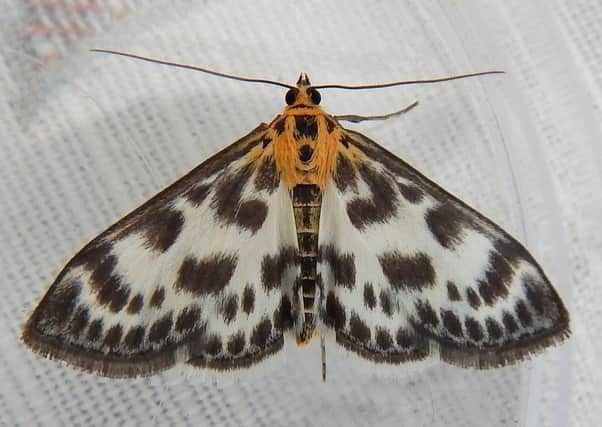Shedding some light on moths


From now until autumn it will be lit one night per week on my main insect study area to monitor moth species and populations.
These studies are required to assist habitat management works.
Advertisement
Hide AdAdvertisement
Hide AdBasically you need to know which species are about before you can protect or assist them.
Of course, moths, as adults, caterpillars and pupae are a major part of the food chain supporting insectivorous birds, shrews, bats and other wildlife.
Although butterflies are often surveyed to monitor habitat, climate and land use changes, moths are far more common.
Of course, creatures of the night, most moth species cannot be audited by day.
Advertisement
Hide AdAdvertisement
Hide AdSetting up the trap in the evening, its light sensor will switch it on at dusk and off again at dawn.
Then it is a simple matter of checking inside the trap by day when the moths are inactive.
Any you can't identify should be photographed for further study.
Nowadays this usually means submitting pictures to the internet for other moth enthusiasts to identify.
Thankfully many of them are instantly recognisable like this beautiful small magpie moth.